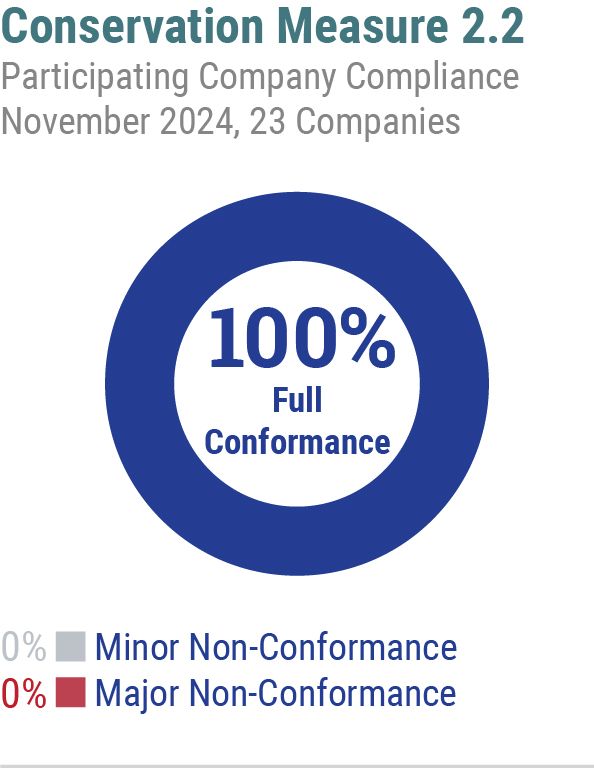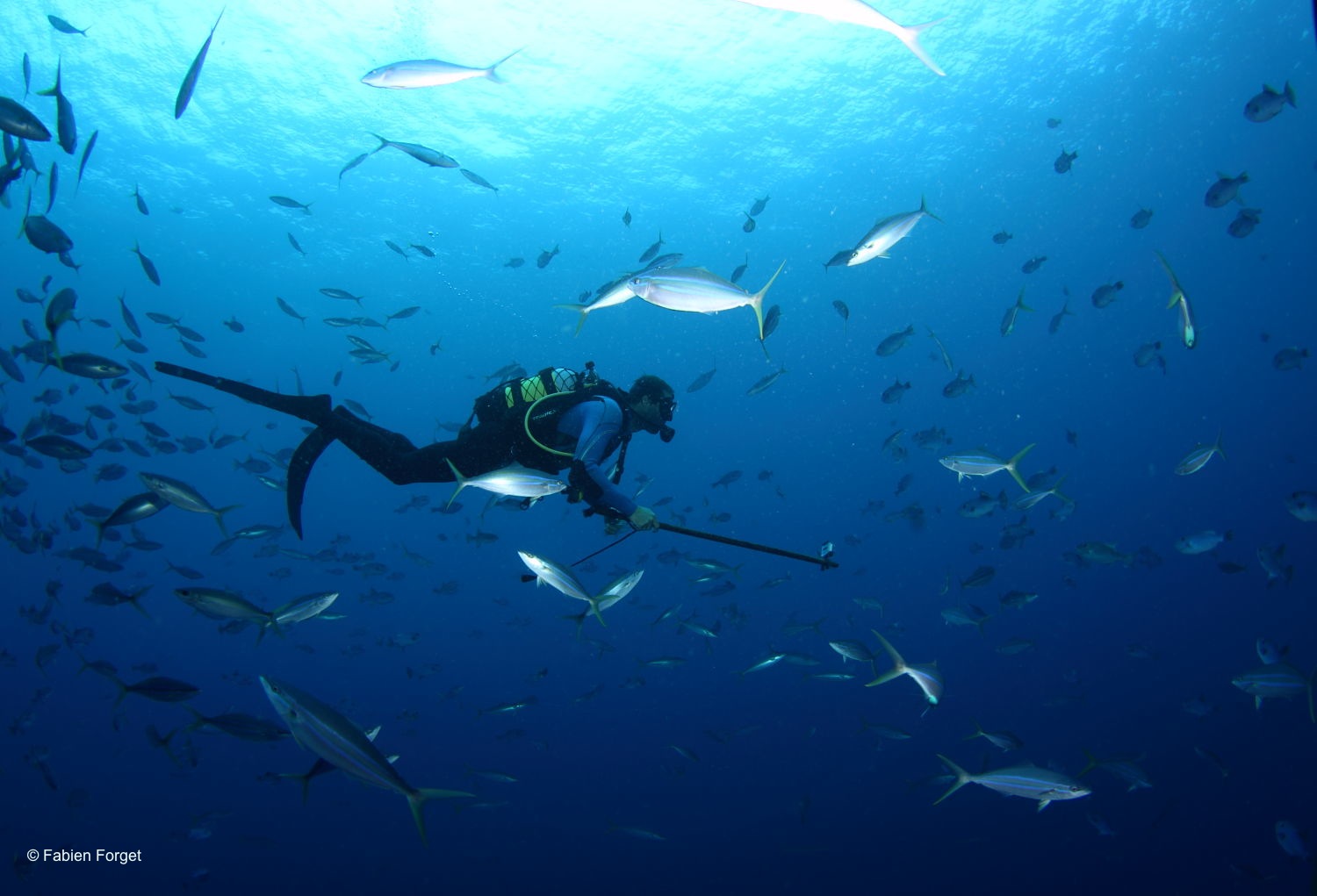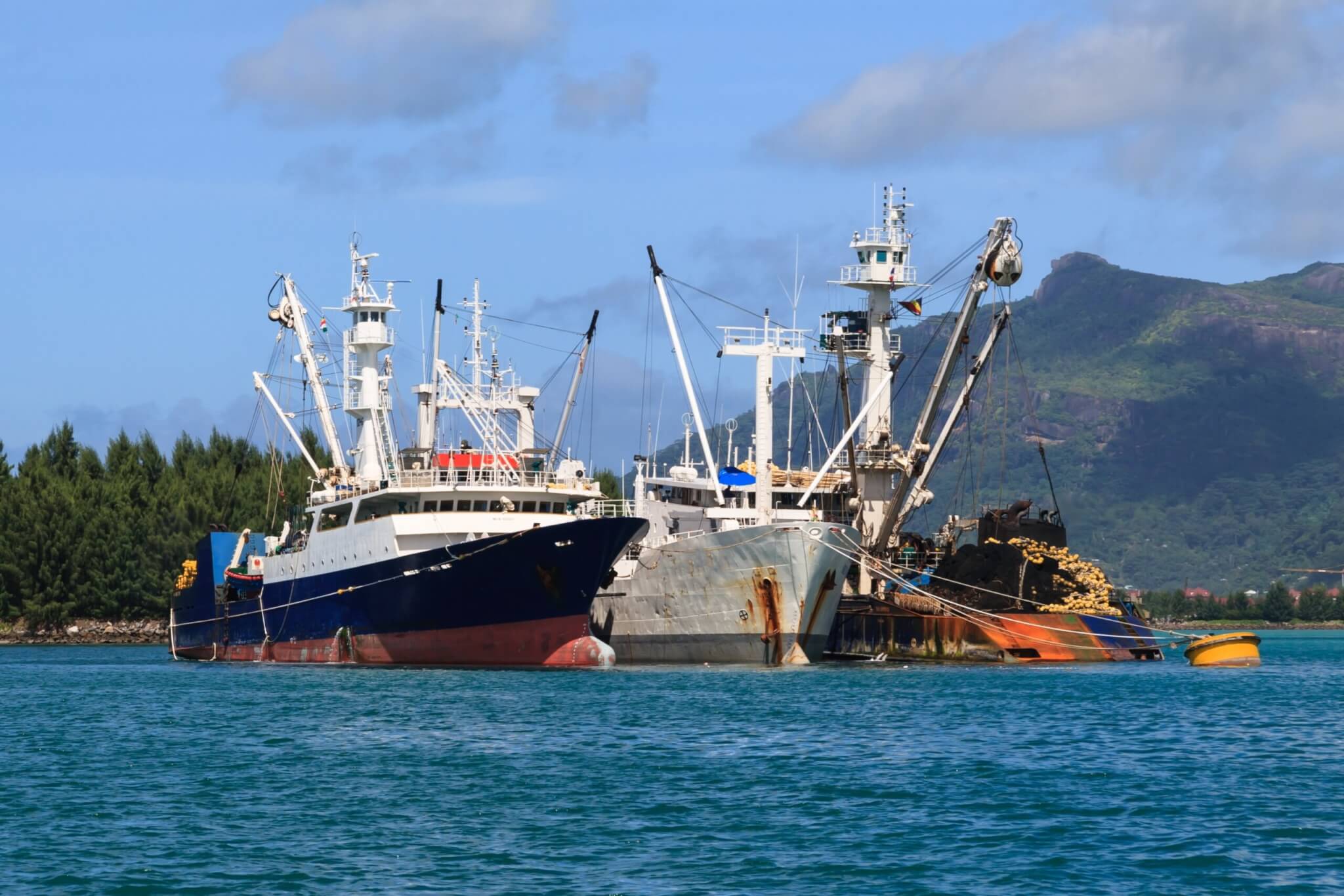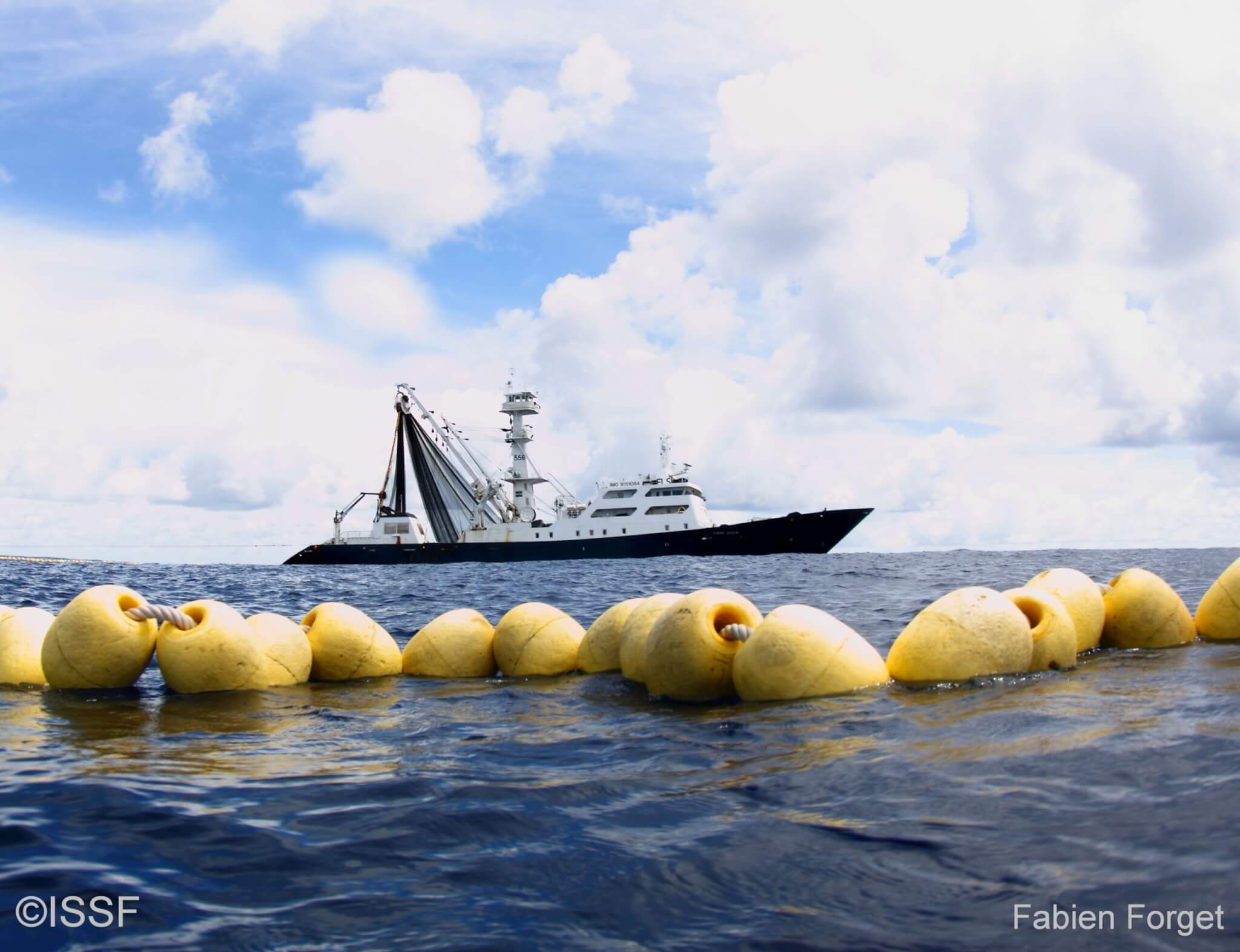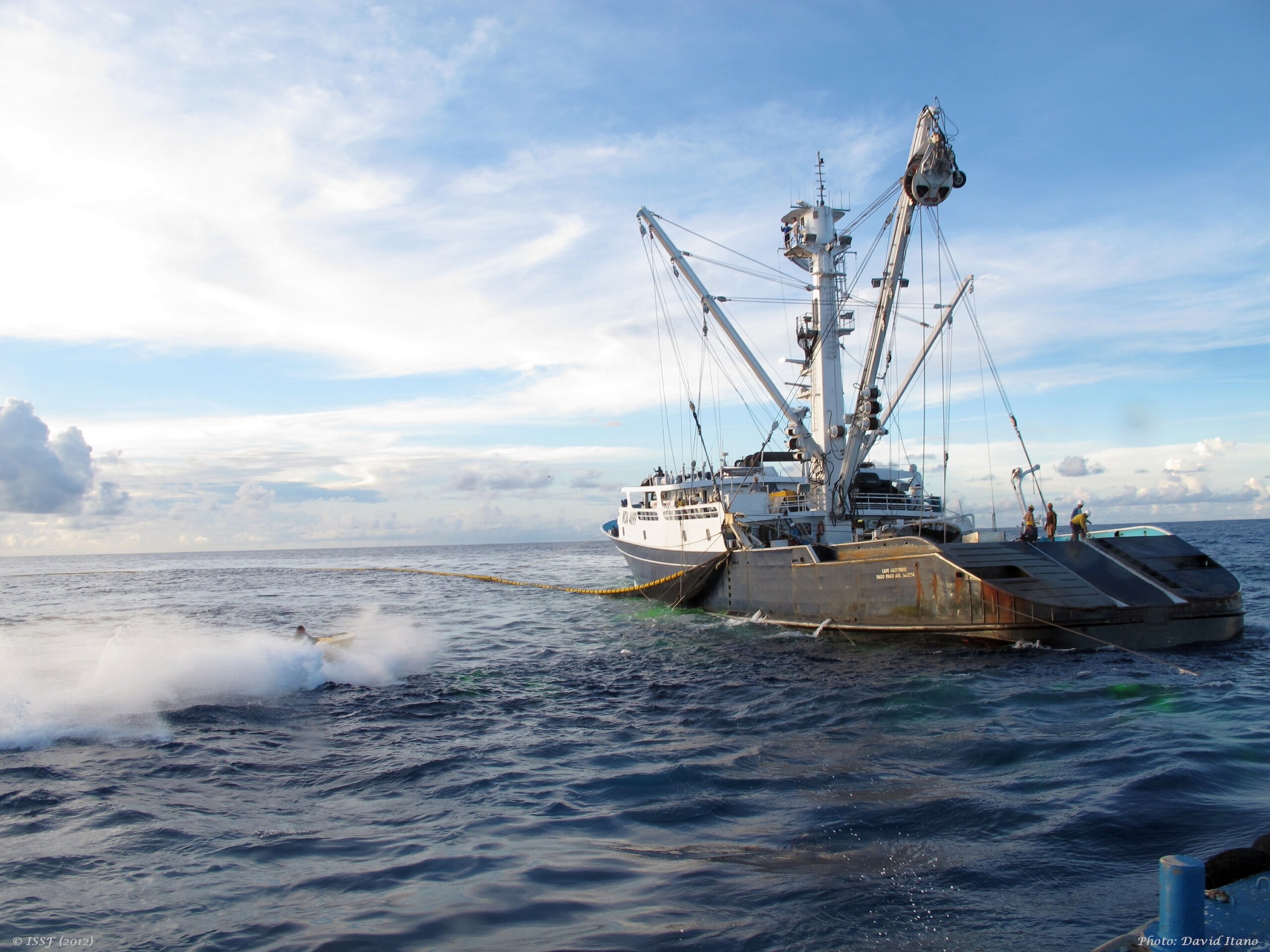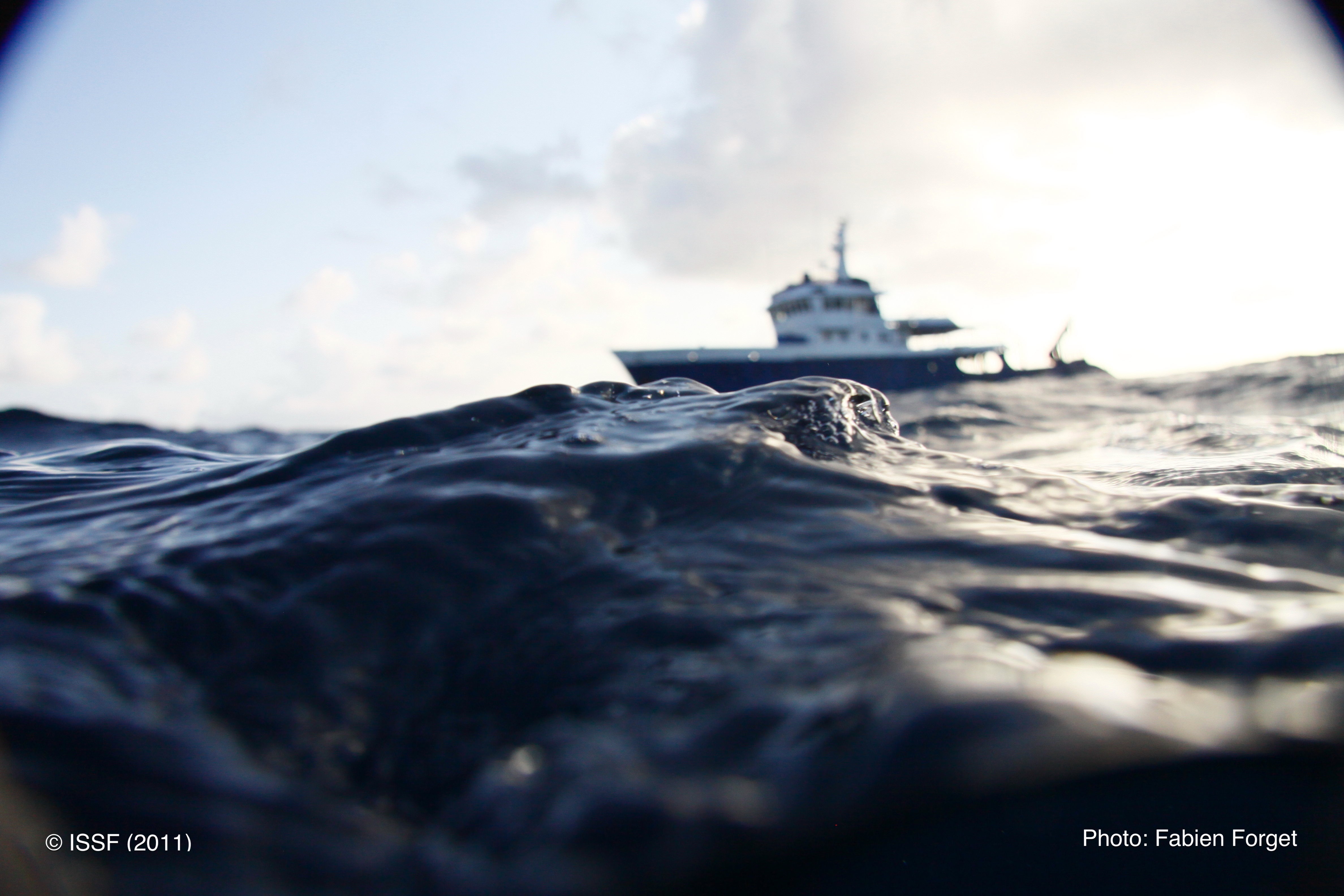2.2 Quarterly Data Submission to RFMO
Initially Adopted
- January 27, 2009
Gear Type(s)
ISSF recognizes that the tuna Regional Fisheries Management Organizations (RFMOs) are responsible for tuna conservation and management with the objective to maintain the populations at levels of abundance that can support the average maximum yield on a sustained basis.
However, the scientific findings of the RFMO scientific bodies depend on the completeness and accuracy of the supporting data available to them. ISSF is committed to support the RFMOs to ensure that their findings and the data underlying them are as accurate and complete as possible.
1. Processors, traders, importers, transporters, marketers and others involved in the seafood industry shall submit the following data within their control to the appropriate RFMO scientific bodies:
A. Round fish (includes gilled and gutted, and headed and gilled and gutted) unloading from Fishing Vessel
i. Name of fishing vessel
ii. Unique Vessel Identification Number (for example, IMO number) of fishing vessel
iii. Gear type
iv. Flag State of fishing vessel
v. Start date for unloading to processor
vi. End date for unloading to processor
vii. RFMO area of subject catch
viii. Fishing trip dates
ix. Weight of catch (in metric tons, by commercial species/size categories compiled as specified in paragraph 2)
x. Unloading port
xi. Data source (unloading data, outturn report or immediate pre-processing)
B. Round fish (includes gilled and gutted) unloading from Carrier Vessel (Transshipments)
i. Name of carrier vessel
ii. Unique Vessel Identification Number (for example, IMO number) of carrier vessel
iii. Flag State of carrier vessel
iv. Start date for unloading to processor
v. End date for unloading to processor
vi. Name(s) of catcher vessel(s)
vii. Unique Vessel Identification Number(s) (for example, IMO number) of catcher vessel(s)
viii. Flag state(s) of catcher vessel(s)
ix. Date(s) of transfer of fish from catcher vessel(s) by vessel, and/or transfer from processor(s) to carrier vessel
x. Locations of transfer(s) at sea [at sea coordinates/port name] by transfer
xi. Fishing trip dates
xii. Weight of catch (in metric tons, by commercial species/size categories by catcher vessel(s) compiled from immediate pre-processing data as specified in paragraph 2)
xiii. Unloading port
xiv. Data source (unloading data, outturn report or immediate pre-processing)
2. Weight of catch (in metric tons) by commercial species/size categories should be compiled from immediate pre-processing data or from unloading data/outturn reports. The size classes shall reflect commercial gradings used by the processor, with the following suggested minimum breakdowns:
-
- Skipjack: <3 lb (1.4 kg); 3-4 lb (1.4 -1.8 kg); 4-7.5 lb (1.8-3.4 kg); >7.5 lb and above (3.4 kg and above). The category 3-4 lb can be combined with the <3 lb category if not generally measured by the processor.
- Yellowfin and bigeye: <4 lb (1.8 kg); 4-7.5 lb (1.8-3.4 kg); 7.5-20 lb (3.4-9 kg); >20 lb (9 kg). If used by the processor, the additional category 3-4 lb (1.4-1.8 kg) should be added.
- Albacore: <4 kg; 4.0-7.0 kg; 7.0-10.0 kg; >10 kg.
Species separation for skipjack, yellowfin and bigeye should apply to all size breakdowns, unless practical considerations limit this separation in the smallest size classes (e.g. < 3 lb. or < 4 lb.), in which case the report should indicate the species mix.
3. Submission of these data for each quarter shall be done by the last day of the following calendar quarter. Submissions shall be done by electronic mail to the appropriate tRFMO scientific bodies whose contact information is available by clicking this link. Starting with the reports corresponding to the fourth quarter of 2019, submissions shall use the format available by clicking this link.
RELATED CONSERVATION MEASURES
RELATED CONTENT
-
Conservation Measures
-
Data Reporting Information
-
Participating Company Audit Protocol
-
VOSI Audit Protocol
-
Compliance Reports
